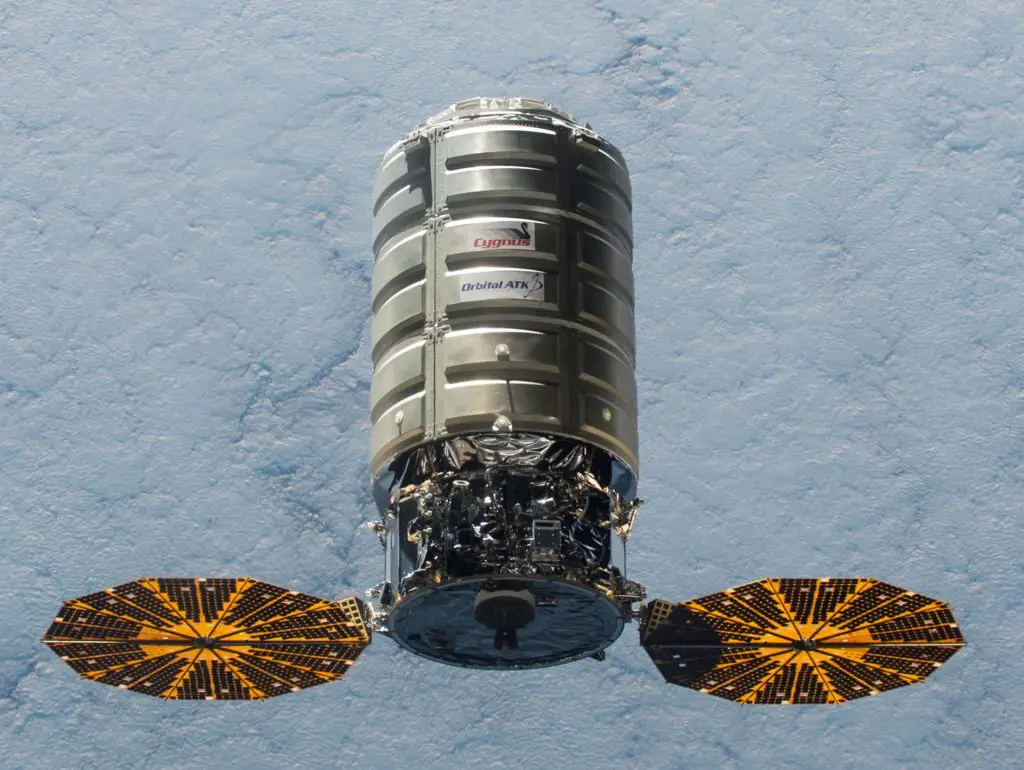
Cygnus CRS OA-5
- In Space: No
- Height: 6.3 m
- Diameter: 3.07 m
- Status: Single Use
The Cygnus CRS OA-5 spacecraft embarked on 1 flight(s), showcasing its capability of Cargo Earth Orbit Logistics and designed with a flight life of 1 week to 2 years design life.. Notably, it boasts a crew capacity accommodating up to Array astronauts and a payload capacity of 3750 kg.
Cygnus CRS OA-5, also known as Orbital Sciences CRS Flight 5, was the seventh planned flight of the Orbital Sciences’ unmanned resupply spacecraft Cygnus and its sixth flight to the International Space Station under the Commercial Resupply Services contract with NASA. Orbital and NASA jointly developed a new space transportation system to provide commercial cargo resupply services to the International Space Station (ISS). Under the Commercial Orbital Transportation System (COTS) program, Orbital designed and built Antares, a medium-class launch vehicle; Cygnus, an advanced maneuvering spacecraft; and a Pressurized Cargo Module which is provided by Orbital’s industrial partner Thales Alenia Space.
The Cygnus spacecraft for this mission is named the S.S. Alan Poindexter in honor to astronaut Alan G. Poindexter, a deceased space shuttle commander. Poindexter was selected in the 1998 NASA Group (G17) and went into orbit aboard Space Shuttle missions STS-122 and STS-131.
Launches
History
Cygnus is a spacecraft developed originally by Orbital ATK and then acquired by Northrup Grumman after an acquisition. It is used to transport cargo to the ISS.
The first operational mission of Cygnus to the ISS was in September 2013.
One flight on 28 October 2014 ended in a failure when the Antares launch vehicle, used to launch the Cygnus, exploded shortly after launch. This set back the Cygnus launch schedule over a year. Following the launch anomaly a new version known as ‘Cygnus Enhanced’ was flown. This extended the Cygnus length and allowed it to carry an extra 700kg to the ISS.
The Cygnus spacecraft is launched aboard Antares, Atlas V, or Falcon 9 to deliver cargo to the ISS under NASAs CRS contracts. It has no heatshield so at the end of its mission its used to dispose of waste by burning up in the Earths atmosphere.
Agency
Northrop Grumman Space Systems
Northrup Grumman Space Systems designs, builds and delivers space, defence and aviation-related systems to customers around the world. They aquired Orbital ATK in 2018 along with its launchers and ongoing missions.